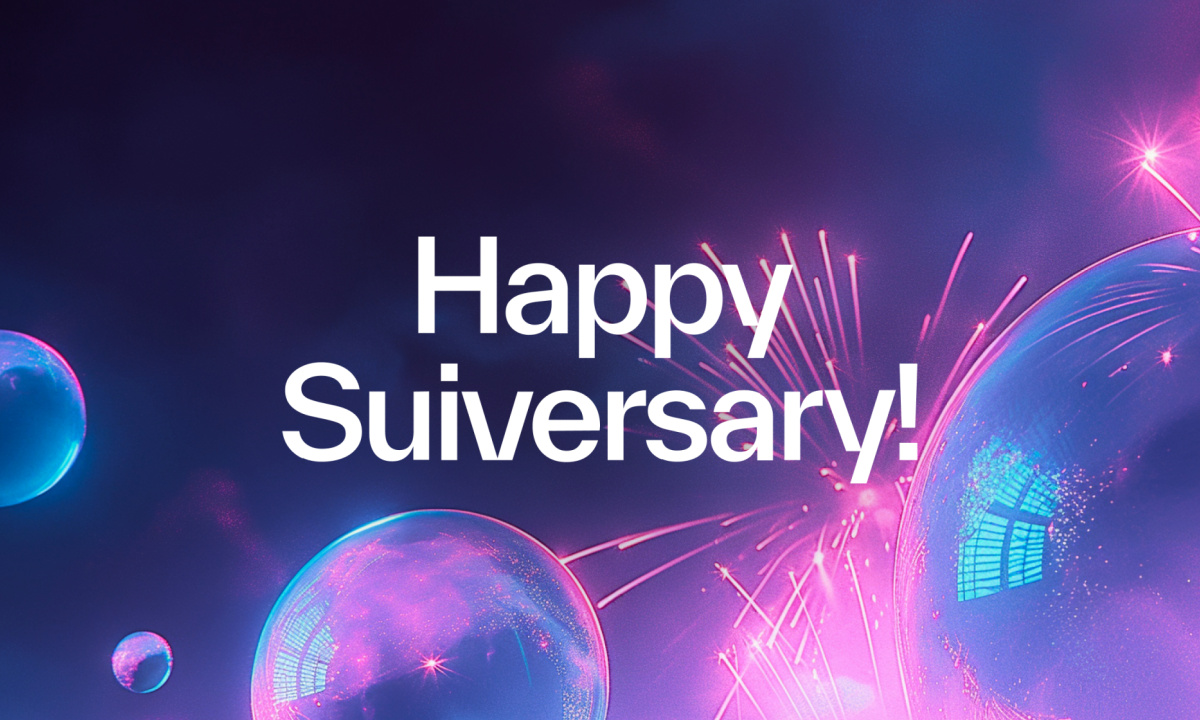Aave Launches A Recovery Plan After The Harmony’s Hack
Key Points:
- Aave and Harmony propose a joint recovery plan after a recent hack on Harmony’s blockchain.
- The plan includes a Recovery Fund with both platforms contributing 10% to reimburse affected users.
- A Decaying Oracle Mechanism will be introduced to encourage early liquidation of depegged assets and handle any remaining bad debt.
In response to the recent hack on the Harmony blockchain that resulted in substantial losses for Aave users, the Aave community has put forth a joint recovery plan in collaboration with Harmony. The plan aims to address the issue of lost funds and restore user confidence in both platforms.
The core element of the recovery plan is the establishment of a Recovery Fund. Aave and Harmony will each contribute 10% of the total reimbursement funds required. This fund will enable affected users to immediately recover 20% of their pre-hack balances, providing immediate relief and laying the foundation for further recovery efforts.
Aave’s contribution to the fund will include writing off depreciated assets held in the Harmony DAO vault, consisting of approximately 2 million aONE and 700 aLINK tokens. The remaining contributions from both platforms will likely come from their respective reserves or other funding sources.
To encourage the early liquidation of depegged assets, the proposal introduces a Decaying Oracle Mechanism, suggested by service provider BGD. This mechanism will gradually reduce the value of depegged assets over time, incentivizing users to liquidate these assets sooner. This will help remove these assets from the system faster, freeing up capital and expediting the return to normalcy.
While the plan aims to address as much bad debt as possible, it acknowledges that some debt may remain unliquidated. In such cases, any remaining bad debt will be divided equally between Harmony and Aave.
The recovery process is expected to take around four years, with the timeline subject to adjustments based on market conditions and progress.
The joint recovery plan is a multi-faceted approach to resolving the complexities of the hacking incident, offering immediate relief through the Recovery Fund, an accelerated recovery through the Decaying Oracle Mechanism, and a plan for handling any remaining bad debt. This comprehensive strategy aims to restore user confidence in both Aave and Harmony, ensuring the platforms’ sustainability and security in the future.
The next steps involve gauging community sentiment and preferences through the Aave Snapshot, followed by preparing the Aave Improvement Proposal (AIP) based on the community’s feedback and consensus gathered from the snapshot.
Aave previously announced the successful launch of GHO on the Ethereum mainnet.
DISCLAIMER: The information on this website is provided as general market commentary and does not constitute investment advice. We encourage you to do your own research before investing.
















